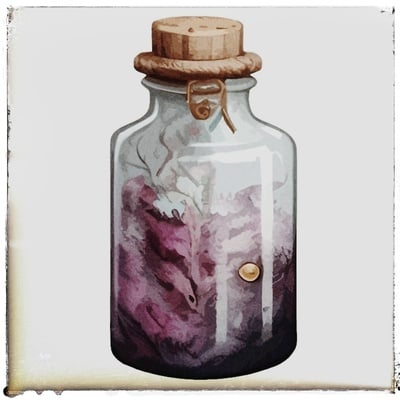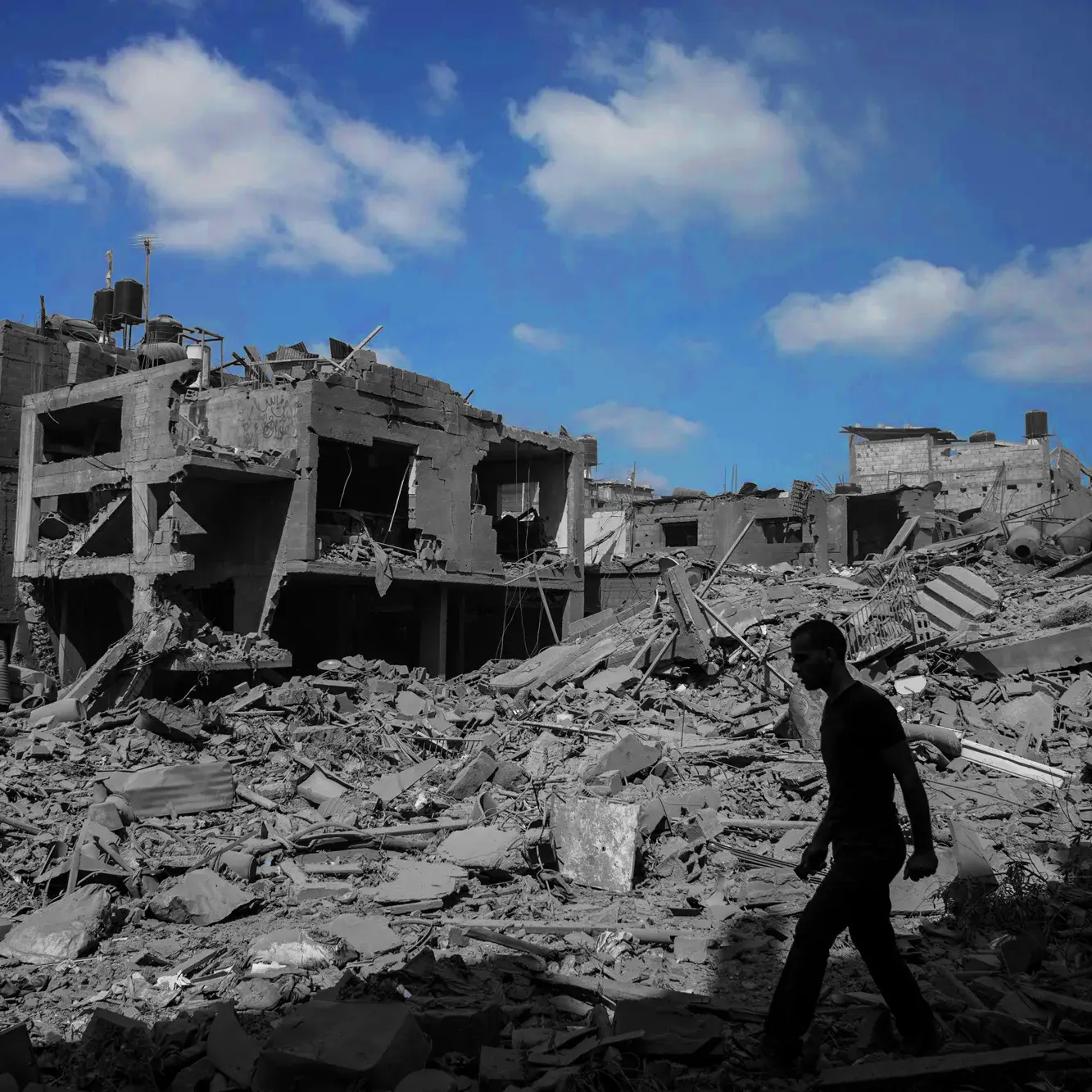Disclaimer: this is purposefully obtuse.
Other effects in the game which explicitly state they kill you:
Shadows, succubi, massive damage, death saving throws, beholder death ray (notably not even their disintegration ray kills you), power word kill, vampires, mind flayers, night hags, drow inquisitors.
Clearly, if they intended for disintegration to kill you, they’d have said so. Since specific overrides general, and there is no general rule that disintegrated creatures are dead, I rest my case. QED.
The spell specifies you turn into gray dust. Unfortunately gray dust has no listed stat block.
Luckily it is mentioned in “Tales from the Yawning Portal”, “The floor of this room is covered with a layer of fine gray dust and ash, three inches deep.”
Based on the rest of the description you are restricted to the room in which you turned to dust and the only action you may take is casting " Minor Illusion", with the added restriction of all illusions must be humanoid.
That’s probably the path I’d take as a DM if I had a player insisting on rules lawyering like OP. OK, you get to “play” as a pile of dust. Have fun sitting there until random wind currents blow you around.
Crappy party mates you have if they won’t even scoop you up into a bag and carry you around.
A disintegrated creature and everything it is wearing and carrying, except magic items, are reduced to a pile of fine gray dust. The creature can be restored to life only by means of a true resurrection or a wish spell.
Why would you need to be “restored to life” if you weren’t dead?
Because you could later die. So a creature that has been disintegrated, and then later dies, can only be brought back by those means.



